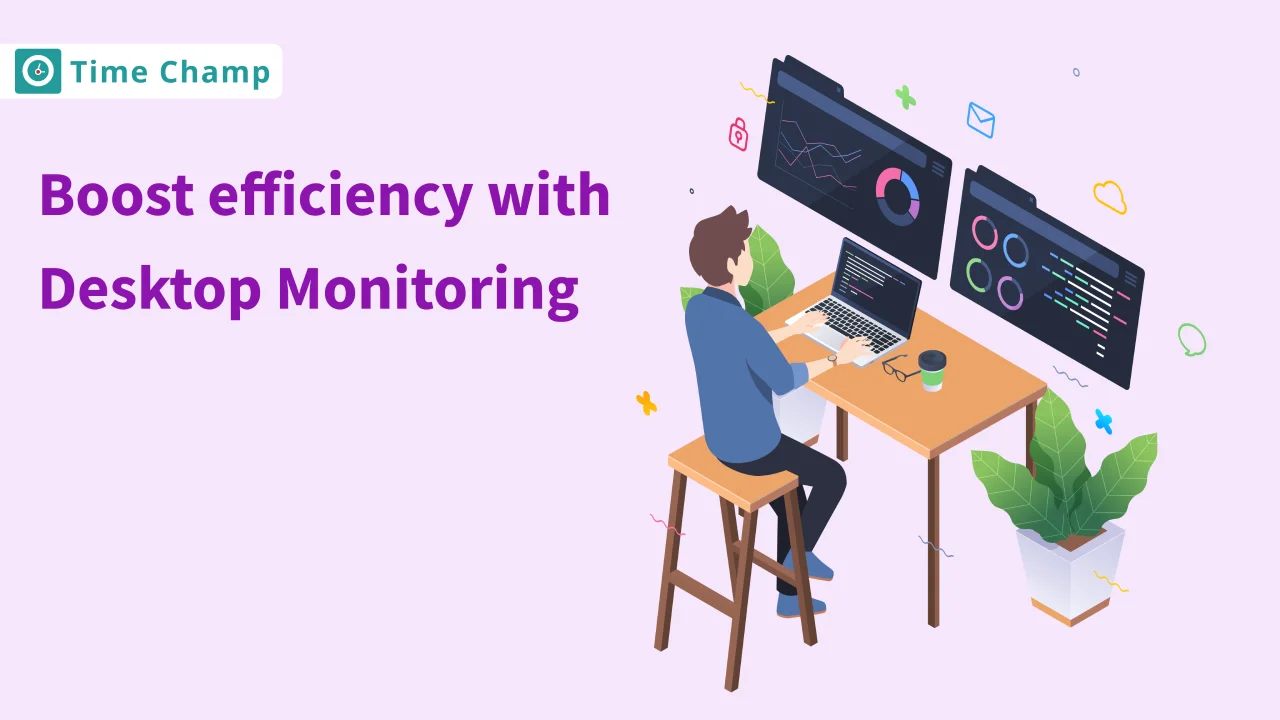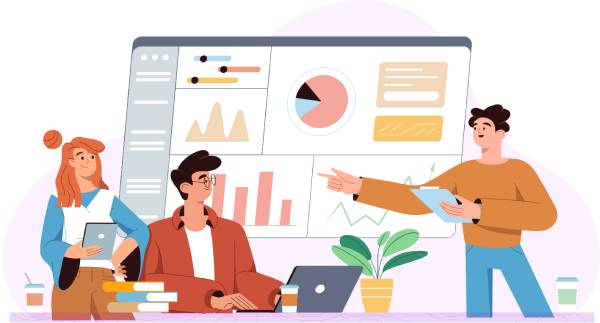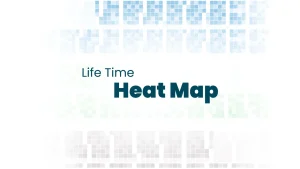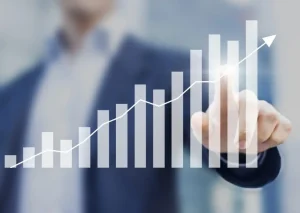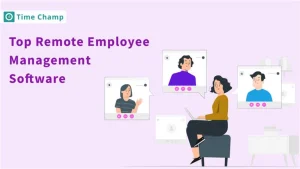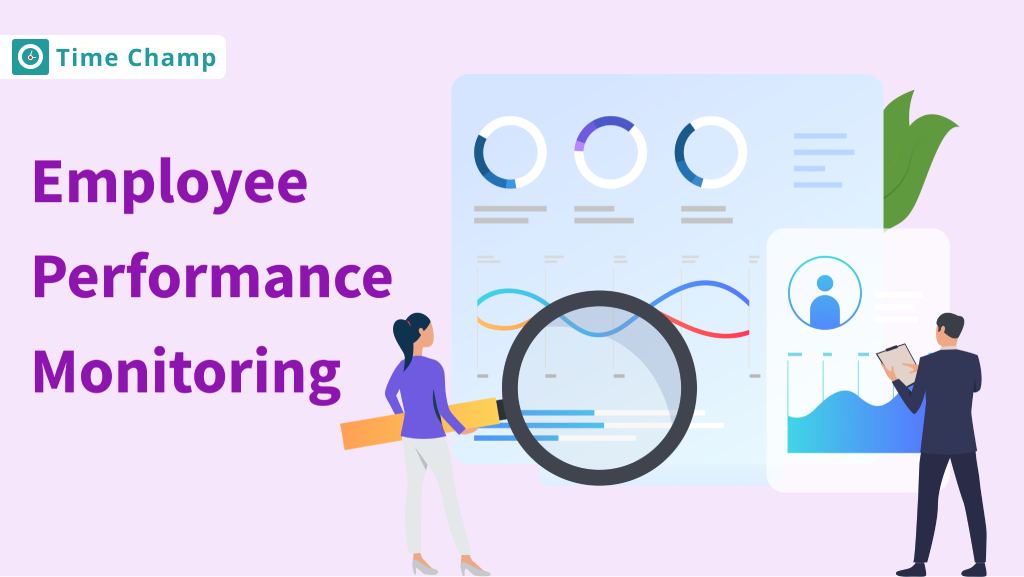The demand fortracking and managing desktop processes is on the rise in this high-speed, digitally connected environment. Some of these include watching over employees’ performance in the organization, observing security protocols, and even monitoring personal uses of the PCs in the organization. Thus, appropriate monitoring systems and software can really change the game when it comes to efficiency, risk control, and general productivity.
This guide encompasses the different types of desktop activity monitors, tracking software and monitoring systems for all purposes. We will discuss various computer tracking and monitoring software ranging from Windows 10 proprietary solutions to more flexible and affordable open-source options. In this article, let us see how such software can change the way you view and conduct desktop management and the tools that may be of use to your day to day activities.
Desktop Activity Monitoring:
An Overview With Desktop Activity Monitoring (DAM), activities such as downloads, searches, file transfers, etc. are monitored and analyzed as they happen on a computer’s desktop. DAM’s primary objective is to enhance security, increase productivity, and comply with either regulatory or company policies. This is done through monitoring software usage, browsing history on the internet, file access records and conversations.
DAM can
help an organization know how
its employees work, and uncover
inefficiencies or suspicious
activity with potential risks.
It helps you to track where you
are spending your time for
personal use which may
eventually translate to better
time
management and
productivity.
Monitoring
desktop activities is not only
about analyzing the productivity
of businesses but also about
cyber security. The
desktop
monitoring
software can be
used as an early warning tool,
informing administrators of
unusual or harmful behaviours
from computers within a network.
That implies interception
of unauthorized data access,
illegitimate usage of forbidden
apps, or suspect data
transfers. The use of
desktop spying tools by
organizations could quickly
respond to contain and
investigate incidents before
they become security risks.
Similarly, in heavily regulated
business environments, such as
health and education, they
assist employees in adhering to
tough requirements that protect
confidential data. There are
plenty of proprietary and free
software for Windows desktop
monitoring solutions.
Specialized tools that are made
to run without any hassle on the
Microsoft Windows environment,
particularly for Windows 10
users. Such devices have
feature-packed software and are
compatible with other devices,
which allow for comprehensive
monitoring. However,
open-source desktop monitoring
software offers an economical
solution that can be tweaked to
meet specific needs. The extent
of this support varies, but the
open-source community is usually
full of resources to help with
bug-fixing and tweaking.
To begin
with, it is vital to remember
that desktop monitoring should
not involve any spying.
Transparency is vital. Employees
should know that computer usage
of employees at their workplace
is monitored for good reasons
such as security,productivity
and compliance.Openness
creates an atmosphere that
promotes trust. It can also lead
to self-regulation
and responsible use of
organisational resources.
The
computer time monitors are very
important for freelancers,
home-based workers and people
interested in self-improvement.
They monitor time spent on
different duties whereby a user
gets an opportunity to analyze
their productivity pattern and
identify shortcomings. Knowing
this information, people can use
it wisely to manage their time
well. In addition, some computer
tracking apps have evolved
beyond simple timers to include
automated task logging, project
tracking, and
extensive reporting to offer an
insightful outlook of one’s work
habits. Would you
like to utilize an advanced
desktop monitoring tool for your
business or personal
requirements? If this is the
case, they may consider using Time Champ,
a sophisticated solution
tailored to different desktop
tracking and monitoring needs
aimed at maintaining
productivity and
security. There are
some important characteristics
to bear in mind when selecting
the most suitable desktop
tracking software. The aspects
also serve in the surveillance
of the desktop. In
addition, it is involved in the
analysis of patterns and
shielding against internal and
external risks, and
activities. Real-Time
Monitoring and
Reporting: The most
important feature of any desktop
monitoring tool
is real-time activity
observation. This allows for
instant assessments of employees’
productivity, use of the
applications, and security
risks. On-line reporting allows
managers and IT people to make
rapid decisions relying upon
fresh data. User
Behavior Analytics
(UBA): UBA is an
advanced option that uses
machine learning and statistics
to analyze common user patterns.
Afterwards, it flags such
anomalies that may be signs of
some security incidents,
including users trying to access
files that have never been
accessed by them, or doing
unauthorised actions. UBA is
critical for proactive threat
detection. Keystroke
Logging: This is
also called keylogging and
records all input made in
through the keyboard of a
computer. Keylogging can be used
to track a hacker’s actions
should they occur within an
organization. The keylogger is
often associated with negative
intentions. Nonetheless, it
needs to be weighed on how
private it is and full
disclosure if used
though. Application
and Website
Blocking: The
internet has numerous
distractions that end up
lowering one’s productivity.
Companies can also use desktop
monitoring tools
that block non-employee related
apps and sites. It limits wastge
of time and reduces the chance
of being exposed to unfriendly
online stuff. Data
Loss Prevention
(DLP): Many
companies take the data as their
blood and therefore they should
use sensitive data loss
prevention (DLP) functions with
desktop monitoring software. DLP
tools control the data that
enter and leave the corporate
network unauthorized.
Remote
Desktop Control:
This
capability helps IT departments
quickly solve technical problems
by remotely
accessing and
controlling a desktop. Not only
does this improve
it is also
expedient, as it facilitates
quick action in times of a
security threat, thereby
reducing its damage. Open
Source vs. Proprietary
Solutions: Desktops
have two types of monitoring
software to choose from – open
source or proprietary
alternatives. Open source,
however, generally provides for
more customization and community
support, usually free of charge.
On the other hand, proprietary
solutions can offer more
enhanced customer service and
more polished ready to use tools
that plug in easily with the
current set-up. Computer
tracking systems also help to
oversee user activities and
physical assets. Such systems
maintain a log of the equipment,
the number of hits made, and the
software license. Good asset
management guarantees effective
deployment of resources, license
concurrence, and planning for
future investments in
IT. When
looking at the various aspects
of computer
activity
monitoring,
consider your organization’s
unique requirements and choose a
suitable mix of options.
Combined analysis of
requirements and a complete
understanding of the
functionality of various tools
can substantially boost the
efficiency of your desktop
monitoring strategy. Finally,
if you want an advanced desktop
monitoring system portraying
most elements discussed above
look for it in Time Champ.
Time Champ has a robust suite for
effective desktop tracking and
management that can go a long
way toward ensuring the security
of your digital environment
while boosting
productivity in your
organization. Therefore,
every time they intend to
use desktop monitoring
software such as
the one provided by Verizon in
their company, they have to
consider the privacy laws and
regulations that govern their
country. There is a need to
maintain a balance between
efficient monitoring and respect
for the rights of privacy.
Organizations must also seek
legal counselling before
implementation to confirm that
they are following laws like the
General Data Protection
Regulation (GDPR) in Europe and
a myriad of other state laws in
the U.S. In turn,
transparent policies need to be
established and clearly specify
what is to be monitored; the
data that will be gathered and
why. Employees should be made to
understand these guidelines and
preferably give express consent.
Moreover, regular audits of
monitoring practices would
further be justifiable and would
need to conform to not only the
organizational policies but also
the law. Using
desktop monitoring tools,
however, should not create an
environment of suspicion, but
should be used as a means of
creating a safe and productive
workplace instead. Through
emphasising transparency,
compliance, as well as mutual
benefits. beginner organizations
can use desktop monitoring
systems ethically with no
overstepping moral
grounds. Through
such programs as work-space
activity monitors or even
tracking software, they can
optimize their productivity and
ensure work-space safety. There
are powerful tools available
that offer features like real
time monitoring and data loss,
privacy and legal compliance,
all of which are important
issues. Desktop
monitoring
software can be
employed either at a workplace
or for personal use and is an
absolute must-have in this
era. Always
make sure you do your homework
well when picking a surveillance
option tailored to your needs
and beliefs. Is this not an
occasion to see how mighty is
the power of desktop monitoring
from Time
Champ? Time
Champ offers a complete set of
advanced utilities that are
focused on ensuring and
maximizing desktop jobs.
Desktop
Monitoring Software and
Business
Security.
The
Best Desktop Monitoring
Tools compatible with
Windows and Open Source
Environments
Transparency
with Desktop Activity
Trackers
Using
digital time monitors for
personal
productivity.
Essential
Features to Consider in
Desktop Tracking
Software:
Computer
Tracking Systems for Asset
Management:
Implementing
Desktop Monitoring Tools in
Compliance with Privacy
Laws:
Conclusion:
Frequently
Asked
Questions
Desktop monitoring involves the use of software to track, analyze, and manage activities on a computer desktop. It is important for ensuring productivity, enhancing security, and compliance with company policies and legal regulations.
Yes, desktop monitoring software can improve employee productivity by identifying inefficient workflows, providing insights for better time management, and reducing the potential for distracting activities.
It can be perceived as such if not implemented correctly. Transparency and clear communication about the monitoring policies and intent are crucial to respect employees’ privacy rights and maintain trust.
Legal considerations include adhering to privacy laws such as GDPR, obtaining consent from employees, and ensuring the collected data is handled securely and used only for its intended purpose.
It helps with security by detecting unauthorized access, misuse of resources, potential data breaches, and other security threats, allowing for swift remedial actions to be taken.
Yes, there are open-source desktop monitoring tools that provide flexibility and cost savings, though they may require more technical expertise to customize and maintain.
Many desktop monitoring tools come with features that allow organizations to block access to specific websites or applications to reduce distractions and potential security risks.
UBA enhances desktop monitoring by using machine learning and statistical analysis to establish a baseline of normal activity and alert managers to unusual patterns that may indicate security or compliance issues.
The best way to implement desktop monitoring is to be transparent about its purpose, obtain employee consent, ensure compliance with laws, and use the data responsibly.
Computer time monitors help remote workers and freelancers track time spent on different tasks, analyze their productivity patterns, and make better-informed decisions about time allocation.
